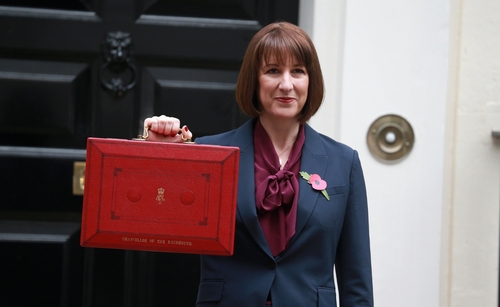

Income tax
Home »
The UK personal allowance, tax rates and bands for 2019-20 were announced by the Chancellor in the 2018 Autumn Budget. The income tax rates and bands applying from 6 April 2019 in England and Northern Ireland are outlined below:
| Band (£) | Rate (%) |
|---|---|
| 0 – 37,500 | 20 |
| 37,501 – 150,000 | 40 |
| Over 150,000 | 45 |
Savings income
| Starting rate for savings | 0% |
| Starting rate limit for savings | £5,000 |
Not available if the taxable non-savings income exceeds the starting rate band. £1,000 of savings income for basic rate taxpayers (£500 for higher rate) may be tax-free.
Dividend income
| Dividend ordinary rate | 7.5% |
| Dividend upper rate | 32.5% |
| Dividend additional rate | 38.1% |
The first £2,000 of dividends are tax-free.
Scottish residents
The tax on income (other than savings and dividend income) is different for taxpayers who are resident in Scotland to taxpayers resident elsewhere in the UK. The Scottish income tax rates and bands apply to income such as employment income, self-employed trade profits and property income.
The new Scottish income tax rates and bands for 2019-20, applicable to non-savings and non-dividend income, are summarised below:
| Band (£) | Band name | Rate (%) |
|---|---|---|
| 0 – 2,049 | Starter | 19 |
| 2,050 – 12,444 | Basic | 20 |
| 12,445 – 30,930 | Intermediate | 21 |
| 30,931 – 150,000 | Higher | 41 |
| Over 150,000 | Top | 46 |
Welsh residents
From April 2019, the Welsh government has the right to vary the rates of income tax payable by Welsh taxpayers. The UK government has reduced each of the three rates of income tax paid by Welsh taxpayers by 10p. The Welsh government has set the Welsh rate of income tax at 10p, which will be added to the reduced rates. This means the tax payable by Welsh taxpayers continues to be the same as that payable by English and Northern Irish taxpayers.



